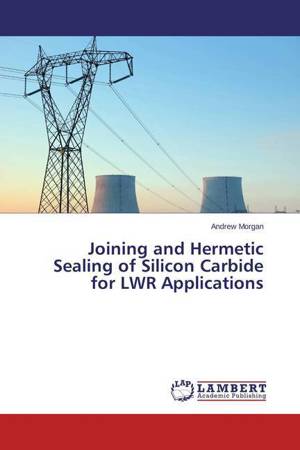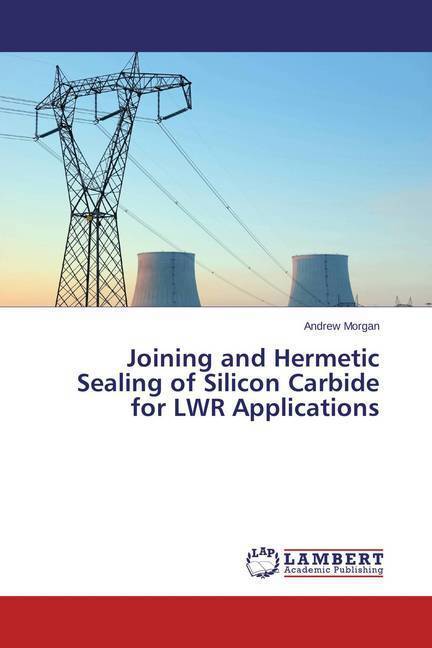
- Afhalen na 1 uur in een winkel met voorraad
- Gratis thuislevering in België vanaf € 30
- Ruim aanbod met 7 miljoen producten
- Afhalen na 1 uur in een winkel met voorraad
- Gratis thuislevering in België vanaf € 30
- Ruim aanbod met 7 miljoen producten
Zoeken
Joining and Hermetic Sealing of Silicon Carbide for LWR Applications
Andrew Morgan
Paperback | Engels
€ 62,45
+ 124 punten
Omschrijving
Silicon Carbide (SiC) is increasingly gaining attention as a potential accident-tolerant fuel clad, on account of its favorable thermo-mechanical, thermo-physical, and neutronic properties. The major limitations of such a cladding are currently associated with joining and hermetic sealing. This becomes a critical issue as it adversely affects the SiC cladding's fission product barrier ability. The work presented here investigated the use of Al, Cr, and Fe metals and a specialized alloy (FeCrAl) to achieve hermetic sealing of SiC tubes as well as a joining technology of SiC to itself. Major part of solving this issue requires addressing joining of ceramic and metallic components, which are largely dissimilar in both thermal and mechanical properties. To alleviate these issues, experiments were performed to coat thin films onto SiC, which were compositionally similar to FeCrAl alloy, followed by high-temperature diffusion bonding of FeCrAl alloy on to the thin film coated SiC. Qualitative microstructural and compositional characterization of the final product indicated satisfactory bonding between the materials.
Specificaties
Betrokkenen
- Auteur(s):
- Uitgeverij:
Inhoud
- Aantal bladzijden:
- 116
- Taal:
- Engels
Eigenschappen
- Productcode (EAN):
- 9783659598968
- Verschijningsdatum:
- 10/09/2014
- Uitvoering:
- Paperback
- Afmetingen:
- 150 mm x 220 mm
- Gewicht:
- 181 g

Alleen bij Standaard Boekhandel
+ 124 punten op je klantenkaart van Standaard Boekhandel
Beoordelingen
We publiceren alleen reviews die voldoen aan de voorwaarden voor reviews. Bekijk onze voorwaarden voor reviews.








